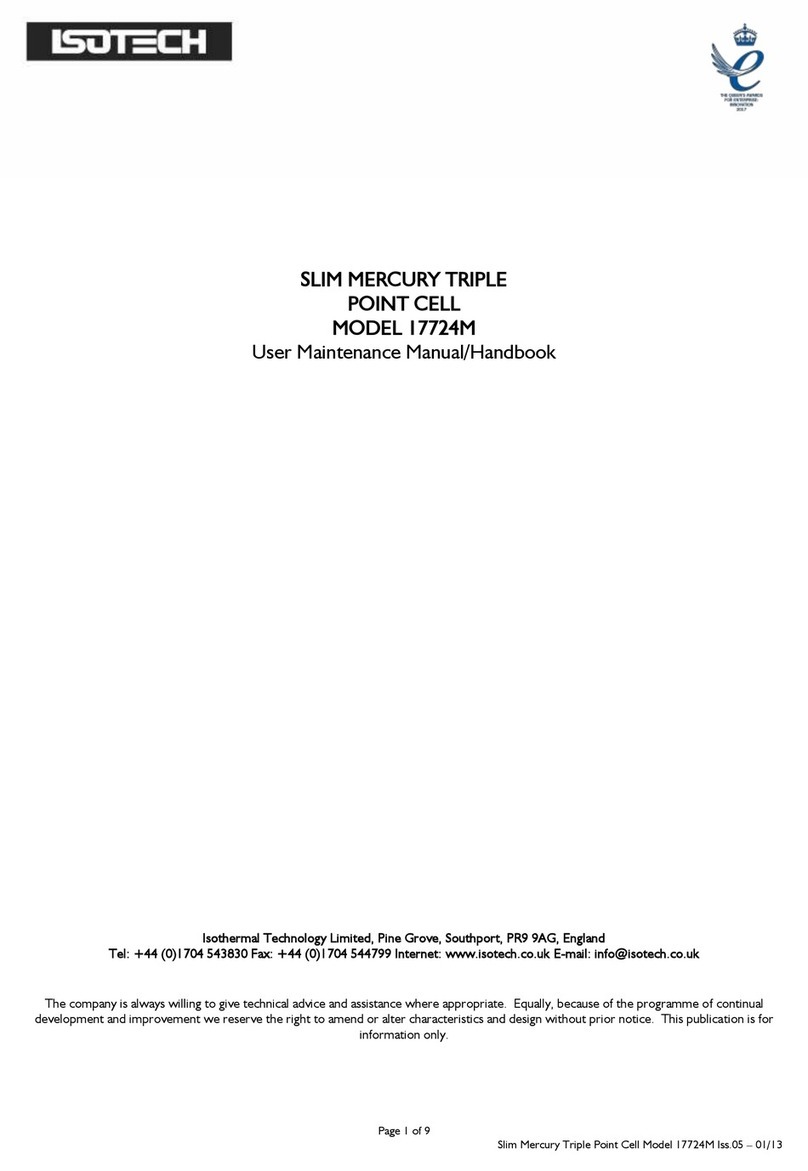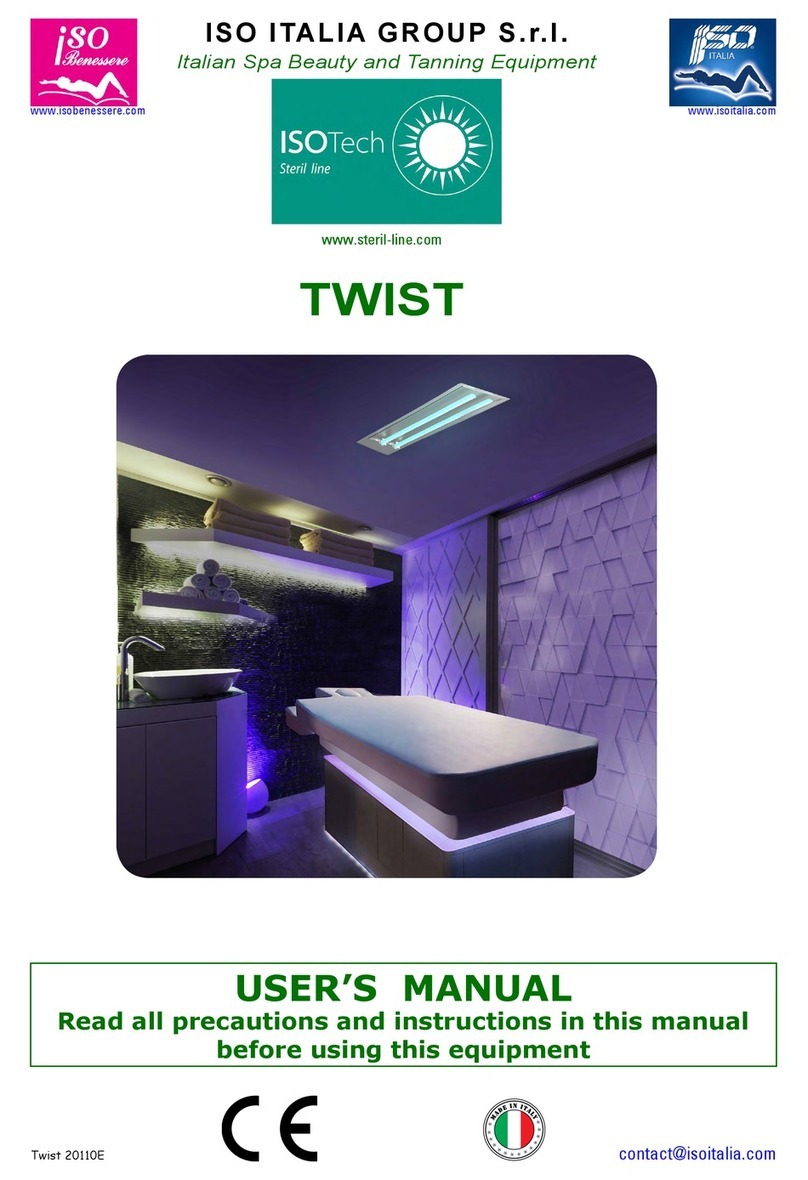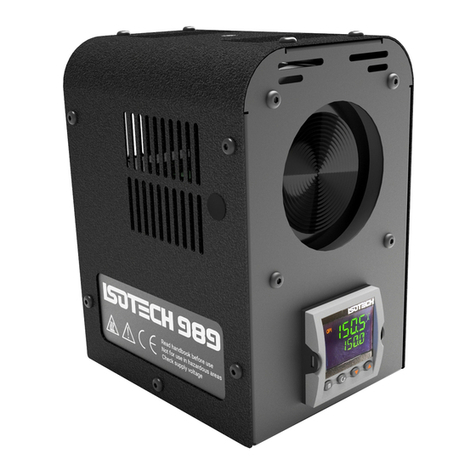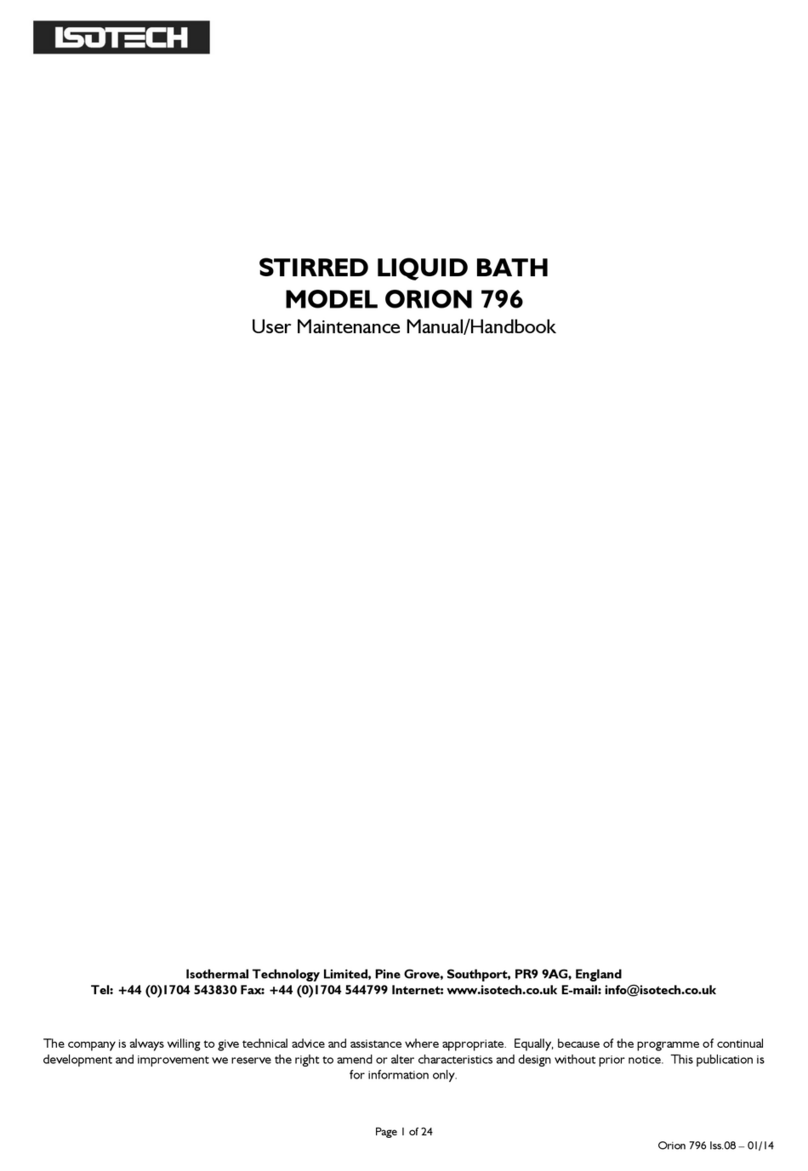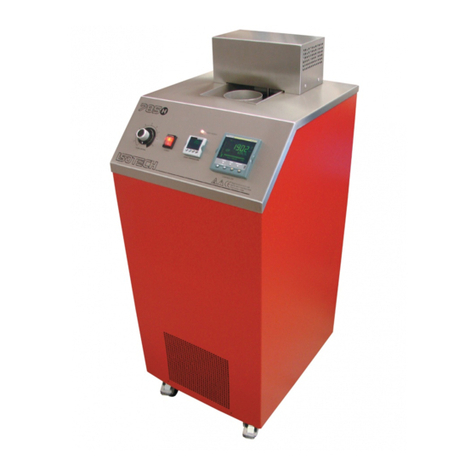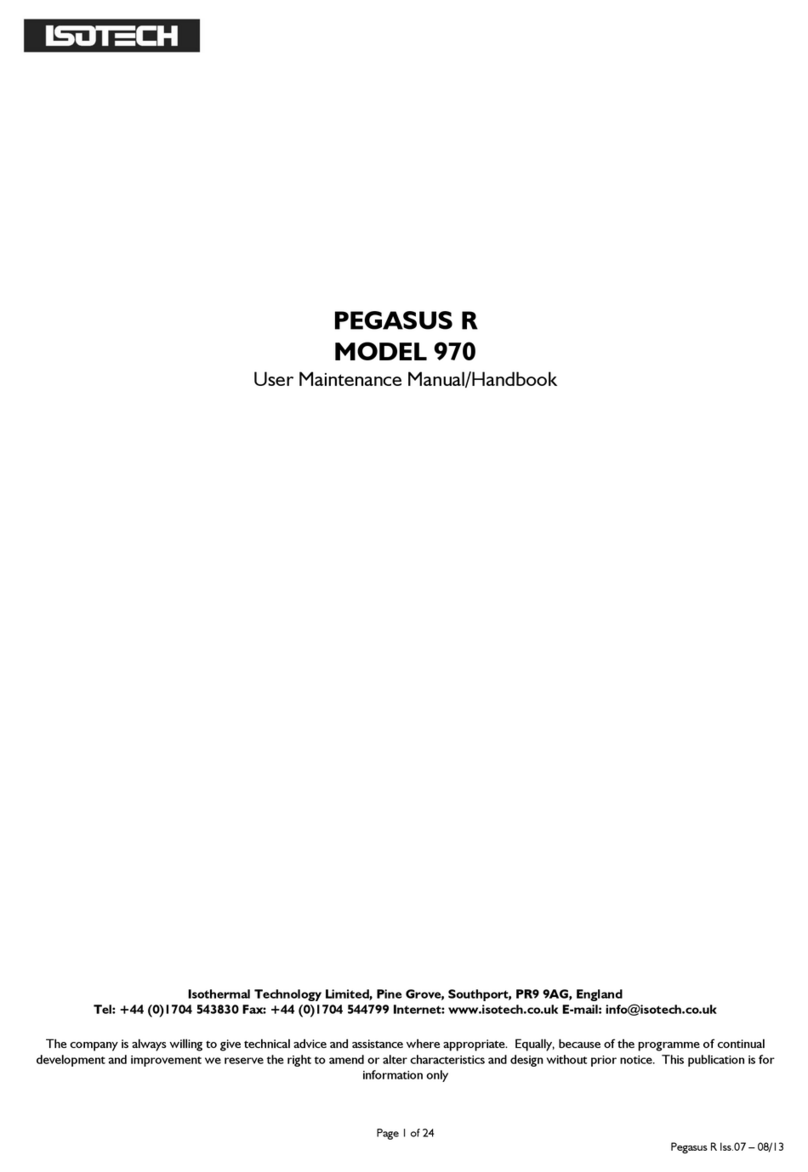Page 2 of 24
Parallel Tube Liquid Bath model 915 Iss.07–09/13
CONTENTS
CONTENTS ....................................................................................................................................................................................... 2
GUARANTEE...................................................................................................................................................................................... 3
CAUTIONARY NOTE........................................................................................................................................................................ 4
EMC INFORMATION ........................................................................................................................................................................ 5
ELECTRICAL SAFETY ........................................................................................................................................................................ 5
HEALTH AND SAFETY INSTRUCTIONS ......................................................................................................................................... 6
ON ARRIVAL ...................................................................................................................................................................................... 7
ELECTRICITY SUPPLY....................................................................................................................................................................... 8
IMPORTANT - READ THIS NOW!.................................................................................................................................................... 9
CHILLERS ....................................................................................................................................................................................... 9
SETTING UP................................................................................................................................................................................... 9
FIGURE 1: FRONT PANEL CONTROLS......................................................................................................................................... 10
USING THE CONTROLLER............................................................................................................................................................ 11
FRONT PANEL LAYOUT ............................................................................................................................................................ 11
The Temperature Controller..................................................................................................................................................... 11
Altering the Setpoint .................................................................................................................................................................. 11
ADVANCED CONTROLLER FEATURES.................................................................................................................................... 11
Setpoint Ramp Rate....................................................................................................................................................................11
Instrument Address....................................................................................................................................................................12
Monitoring the Controller Status ...............................................................................................................................................12
Units........................................................................................................................................................................................... 12
DIAGNOSTIC ALARMS.................................................................................................................................................................... 13
CONTROLLER ERROR MESSAGES............................................................................................................................................. 13
OVER TEMPERATURE CONTROLLER........................................................................................................................................... 14
SET / RESET BUTTON................................................................................................................................................................. 14
HEATER ENABLED / DISABLED LIGHT ..................................................................................................................................... 14
FLOW CONTROL ........................................................................................................................................................................... 14
OPERATION AND INITIAL TESTING ............................................................................................................................................ 15
LIQUIDS ........................................................................................................................................................................................... 16
CHOICE OF LIQUIDS.................................................................................................................................................................. 16
LIQUID LEVEL.............................................................................................................................................................................. 16
CHANGING LIQUIDS.................................................................................................................................................................. 16
USING EXTERNAL CHILLERS ........................................................................................................................................................ 18
TROUBLE SHOOTING.................................................................................................................................................................... 19
USING THE PC INTERFACE ........................................................................................................................................................... 20
CONNECTIONS.......................................................................................................................................................................... 20
CAL NOTEPAD................................................................................................................................................................................ 21
DEVELOPMENT .......................................................................................................................................................................... 21
HOW TO INSTALL CAL NOTEPAD .......................................................................................................................................... 22
PROTOCOL ................................................................................................................................................................................. 22
EXPLODED VIEW OF CALIBRATION TUBE COVER (915/05) .................................................................................................... 23
ACCESSORIES .................................................................................................................................................................................. 24
